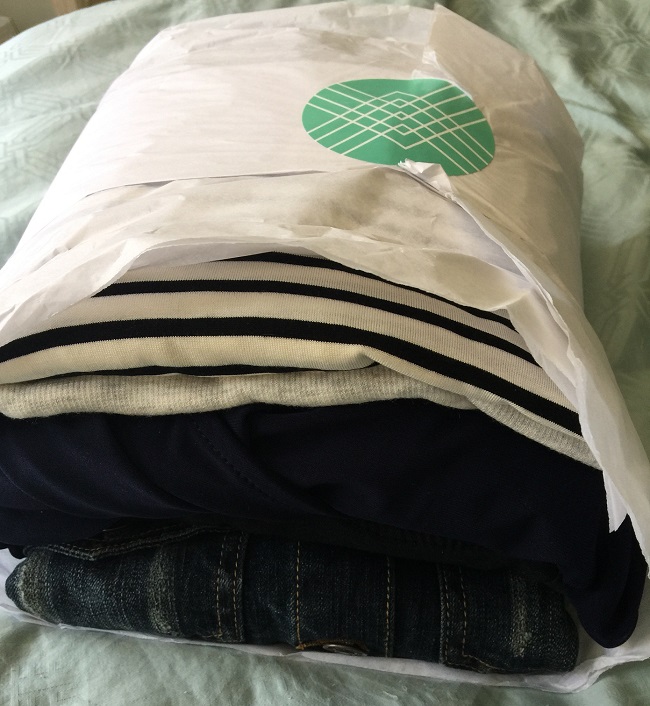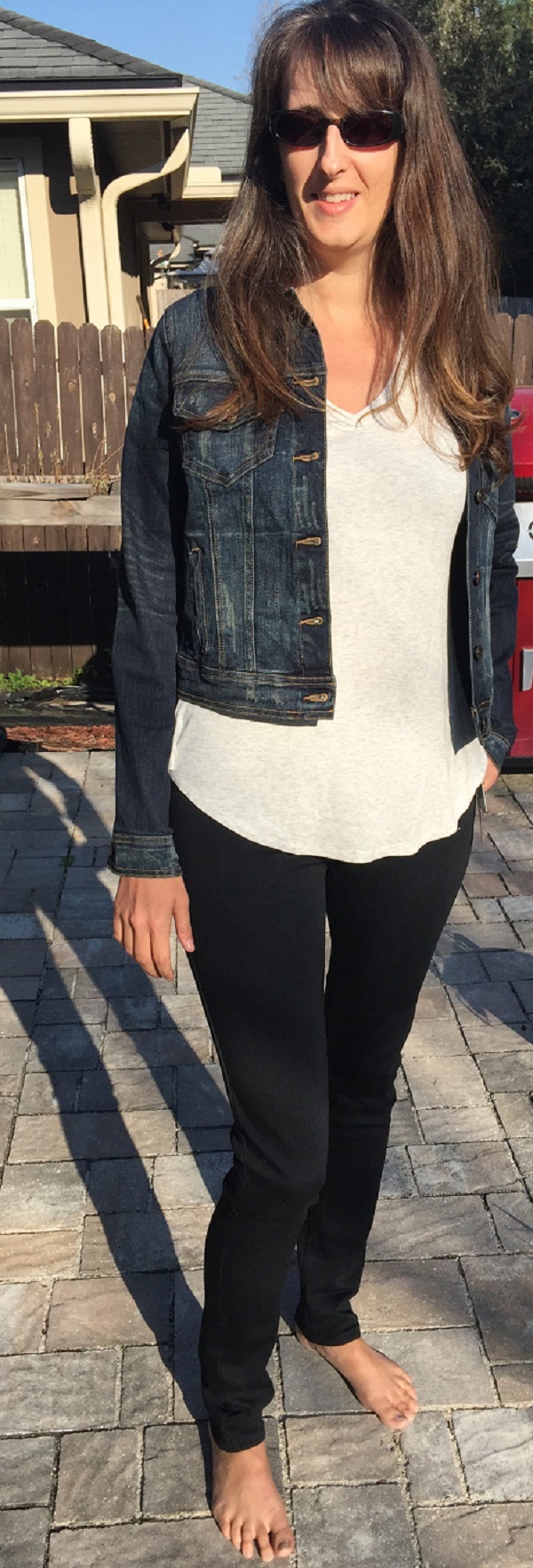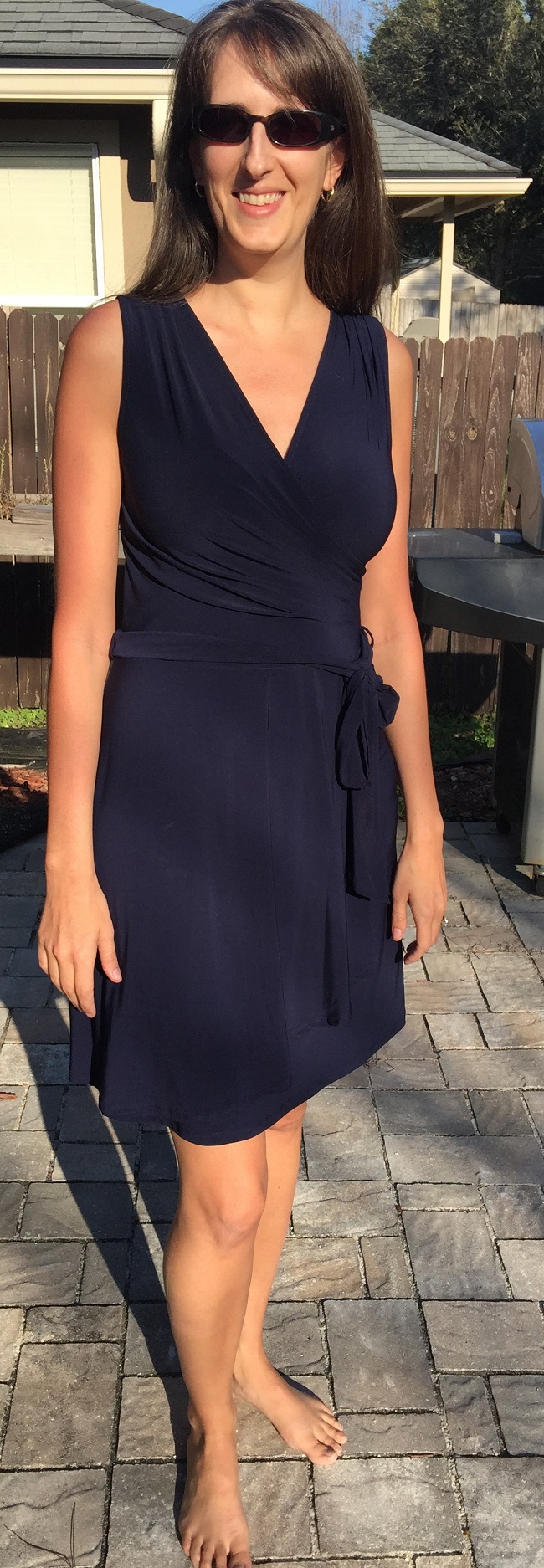
I’m a big fan of clothes and fashion, but I’ve grown to hate shopping. I used to love pawing through the endless rows of hangers, looking for just the right pair of jeans or for the perfect purple blouse. And shoes. Don’t even get me started on shoes.
Lately, though, it’s become so much of a challenge that I no longer enjoy shopping at the store. A typical shopping trip involves choosing a date ahead of time and going somewhere with my mom so she can help me find what I’m looking for. That means I need to actually know specifically what I’m looking for; browsing is largely a thing of the past. I usually ended up settling for something that was “good enough” because I was frustrated with the whole process.
I’d considered shopping for clothes online, but I was having trouble warming up to the idea. I like feeling the fabrics and trying things on, and I didn’t want to have to pay to ship any returns back.
Then I heard about Stitch Fix, and I knew immediately I wanted to try it out.
Stitch Fix is a subscription box for clothing and accessories. You fill out a style profile, sharing your sizes and selecting your preferred clothing style and price range. A stylist evaluates your choices with the help of algorithms and sends you five items you may like based on your style profile and any requests you may have made for certain items. Once your items arrive, you take a few days to try them on and decide if you want to keep them or not. If you do want to return something, you return it in a prepaid envelope, and then you check out online. You don’t even need to take the package to the post office, either, because you can arrange for your mail carrier to pick it up. Simple!
I’ve been using Stitch Fix for a few months now, and it’s going pretty well. The more Fixes you get, the more they improve, in theory, because you can provide feedback on all the items, whether you keep them or not.
Now that we got all that stuff out of the way, I want to show you what I got in my most recent Fix!
Liverpool Mira Skinny Jean- Black and Market & Spruce Cammy Deep V-Neck Ribbed Knit Top

I loved the top. It was so soft, and it was a great color, so I kept it. The jeans were too snug at the waist, but long enough, which was a small miracle. Trying to find pants to fit a 35″ inseam is always a challenge, so I was disappointed they sent black jeans. I specifically say in my style profile NO SOLID BLACK. With three long-haired cats, it’s just not worth the struggle. So the pants went back.
Market & Spruce Lawford Knit Top

I just didn’t like this top. It didn’t feel like me, and I kept adjusting the neckline. I don’t love that style of neckline, anyway, and I didn’t like the color of the detail at the neckline. This one went back.
Just USA Anjuli Dark Wash Denim Jacket

I liked the dark wash, and I had an old, out-of-style denim jacket I wanted to replace, so I kept this one.
41Hawthorn Rocco Faux Wrap Tank Dress

I really liked this dress, but it was definitely made for a shorter person. The dress wasn’t necessarily too short, but it flared out too early on me with my height and made things look a little disproportionate. This photo doesn’t really show that, but trust me. I sadly sent it back.
I’m enjoying the convenience of great fashion at my doorstep. I love having someone else find things for me she thinks I’ll like, and I love how easy it is to return the things that don’t work out. If you want to give Stitch Fix a try, please use my referral link! I’ll get a $25 credit if you do.
*This post contains referral links.

